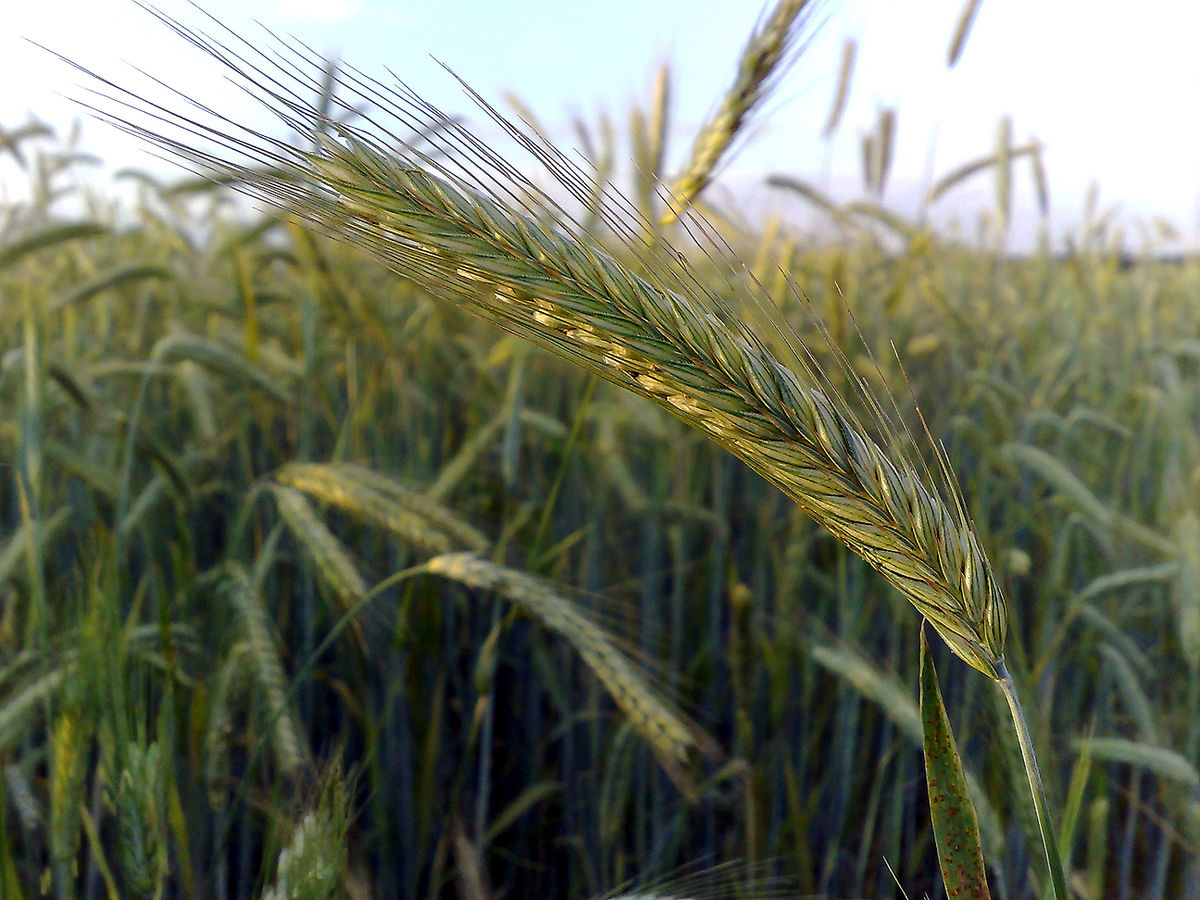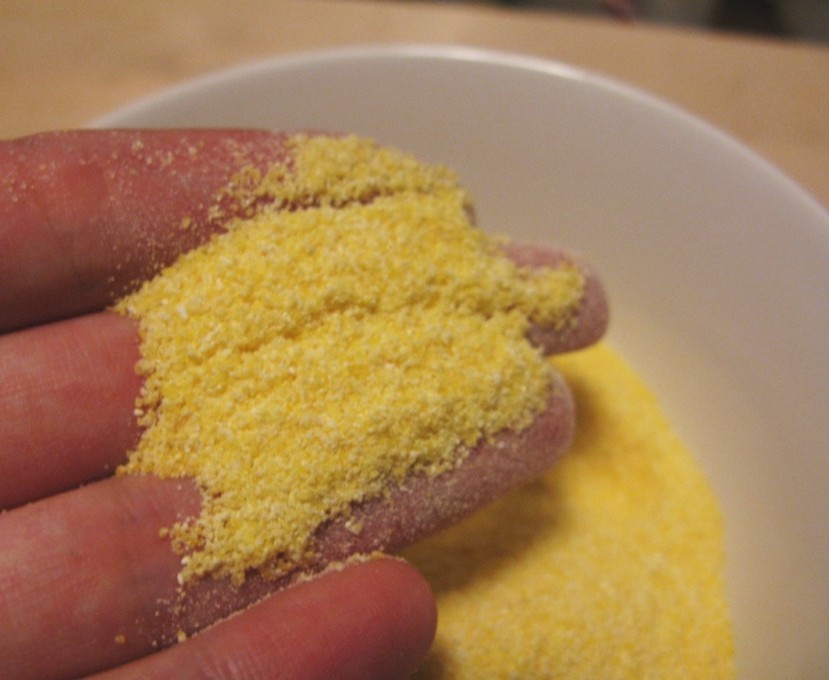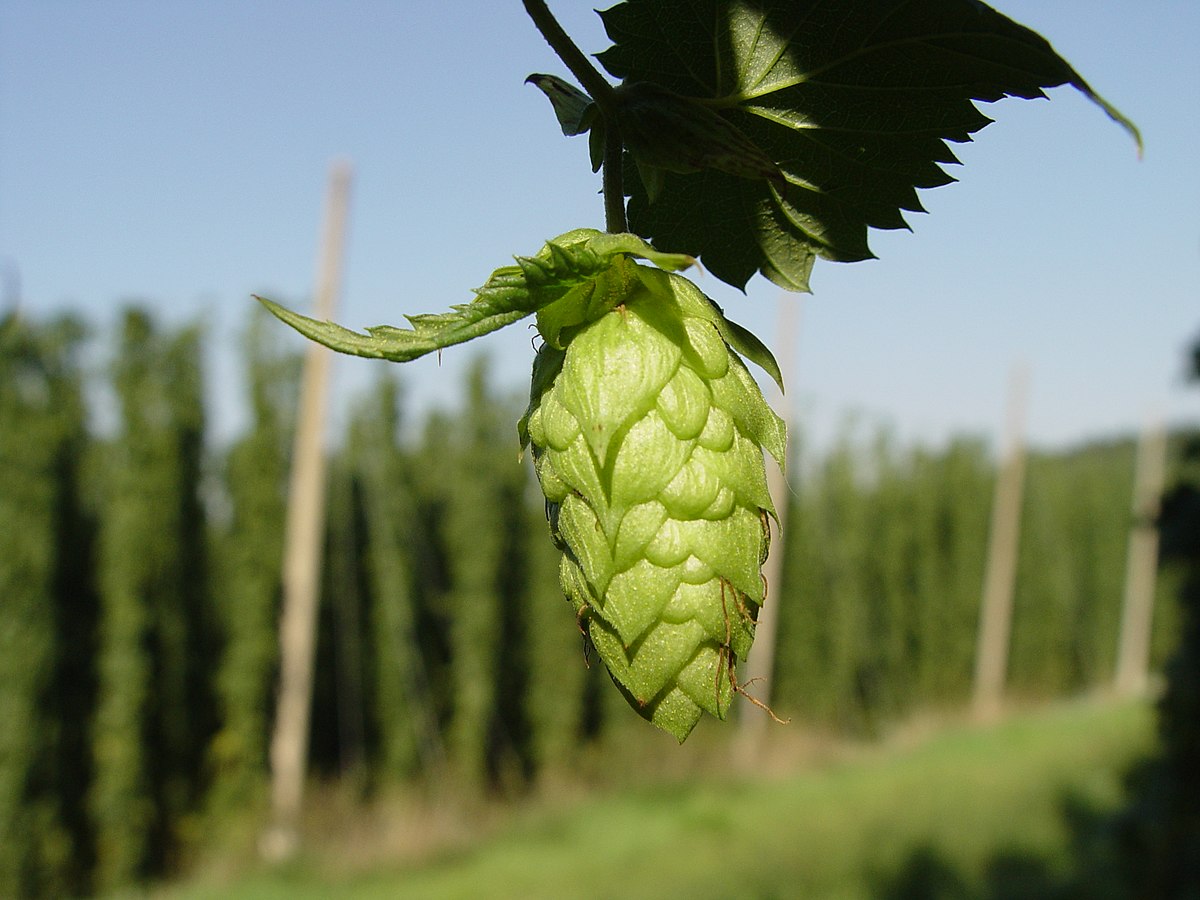So what is Malt anyways? I’ve spoken about it so many times without describing in detail. I mean, most people “know” what malt is, least-ways if you read beer-labels. Whether barley, wheat, oats or rye, malt tends to be some kind of basic grain. But the real question is: why? Why are these grains the usual suspects for beer (or whiskey) malt?
The simplest answer is that these grains have sugar in them. After all, alcohol is sugar that got real goddamn old. In beer, unlike other drinks, you have yeast which also needs sugar to activate and release carbon dioxide. Malt is a key ingredient, and alongside hops and the breed of yeast used, it profoundly changes the flavour of any beer.

But today’s not about Malt. I’m not gonna go over all the crazy varieties of malts out there, from burnt chocolate malt to sour rye. No, that’d take me all day, and then some. Today is about something far fouler. Something which makes brewers cringe. Something that bigger brewers rely upon to keep their costs down.
That’s right. Imma talk about adjuncts.
To discuss what many hop-heads consider to be a warty blight on the ass-cheeks of the beer industry, we need to clarify what exactly an “adjunct” is. Without crucial context, it’s just a term which denotes “awful shitty light lager”, minus all nuance. Now, it is far beyond a self-professed beer-drinker like myself to imply that adjuncts are even acceptable to use. Indeed, they make most beers quite shitty.

However, that’s always not the case. In fact, what an “adjunct” is happens to shift depending on who you ask. And, arguably, when you ask. Adjuncts are replacements for malt, as in they “adjunct” the sugar-content in beer to help activate the yeast and for fermentation. They’ve always been commonplace in beer, in fact.
For example, my previous history lesson on Bavarian Purity Laws had a brief mention of adjuncts. Nowadays, the law denotes that the beer has no adjuncts in it. Just pure barley malt. But back when the law was made, “adjuncts” were anything that didn’t conform to the original law itself. Yes, that includes any other grain, and any added sugars to activate the yeast.

The purity law was the first time that “adjuncts” were formally recognized in beer making, by foreclosing their use in any context. I mean, fair enough. We’re all aware of how shit adjunct lagers can be. Back then, adjuncts even included sawdust and flax. But refined sugar, which was unacceptable in 1516 Beer-Mecca, is a key ingredient in many Belgian masterpieces. Their yeast needs more sugar to wake up than Lager or Ale yeast does. And we’ve already covered the other grains that were banned by the Purity Law, or were tentative exceptions to the rule due to tradition. Yes, wheat, oats and rye were effectively “adjuncts”.
Of course, nowadays, adjuncts are more particular. Many beers use a wacky collection of ingredients for sugar-content. Wheat, oats and rye are all common ingredients for beer, and in some styles are key for the beer’s flavour, like oatmeal stouts, witbiers and rye ales to name a few. What were “adjuncts” or malt-substitutes back in 1516 are now normal parts of beer-making.

For most beers, the malt-to-adjunct ratio is 4:1, or higher. That is, the malt is 80% barely and 20% other shit. Adjunct Lagers and light Lagers, however, have a 60/40 barley to adjunct ratio. This obviously changes the flavour and texture of the beer.
Adjuncts refer specifically to 2 grains, both of which are widely rejected in European beer making. The first is rice. Despite being the most grown grain on Earth, and being a staple in most cuisines, it doesn’t typically make for good beer. Sake and rice-wine are great, mind you, and anyone who says otherwise will get a fistful of Franciscan fury.

The commonality and ubiquity of rice is what makes it attractive for a select group of mass-producing macro-breweries. The grain is cheaper than barley and grows far faster, for starters. It can, depending on the breed, have a higher sugar-content for activating yeast. Indeed, rice has as many sub-species as hops do, and each one has widely different characteristics for beer-making.
Lots of macro-beers use rice as a malt-replacement. The Sapporo Group, which includes Canada’s own Sleeman, use rice to supplement their malt. The taste is noticeable; as in, it tastes like the smell of a long piss after eating a bucket of rice. The smell is usually rancid and the flavour has a distinct “boiled rice” twang. If you’ve ever tasted a beer and thought “Hmm, that vaguely resembles four-day-old sushi-rice”, then yeah, 40% of what you just drank is old fermented rice juice.

However, that’s not to say that rice could never work with beer. I’ve had some tasty lagers and stouts from Japan and China which employ rice in their beer to great effect. They still follow the 80/20 formula that most Western-beers use, of course. But the taste has a distinct rice-wine pall which adds a spicy sweetness on top of the hops. It can be delicious, if done right and if the rice-breed is developed for the purpose of booze-production.
Indeed, wheat, sugar and rice have a lot in common; once denigrated by brewers for cheapening the brewing process, they can add to a beer if employed correctly. It’s a long ways off for rice-beers to match a good witbeir, obviously, and I wouldn’t suggest that it’s acceptable to have your malt be more than 20% rice. But it could work.

Corn is the other adjunct that is most frequently used in beer-production. If you’ve had a shitty American Lager, like Bud Light or Coors, then you’ve just drank fermented corn juice. Congrats.
Now, corn is itself an ingredient for certain liqueurs. Vodka, for starters, often uses corn as it’s sugar. They can be really nice too. Crystal Head Vodka, produced by none other than Ray Stantz himself, is damn smooth despite being made from corn. And that’s only one example. Even some Russian vodkas employ maize.

But in beer? I’ve never, and I mean never, had a beer with corn in it that tasted good. The corn-content can be kernels, corn starch or even high-fructose corn syrup. The result in beer-making is that it is fucking awful and I hate it. For whatever reason, corn and beer don’t goddamn mix unless you’re eating the aforementioned corn off the cob in the summertime.
Why is that, though? Rice could eventually work in beer, as I’ve argued. Is corn any different? Well, yes, it fucking is. As much as rice is an adjunct, you could breed a certain grain whose flavour would work in beer. Eventually. Corn, on the other hand, will never work in beer. The flavour itself just doesn’t damn work with hops or most yeasts.

Y’see, most of the malts that I’ve mentioned require some preparation for the brewing process. All of them need to be roasted to release the sugars, and the sweet toffee-toast flavour matches well with bitter or spicy hops. Corn’s particular flavour doesn’t really go well with bitterness, if you ask me. Think about it. Corncobs and popcorn taste best with butter and salt. Toast tastes best with some butter, but also jam and coffee. Corn, in my opinion, doesn’t really taste good with bitter flavours. Yeah, I’m no gastronomer. But I’m right anyway.
The point of this rambling nonsense article is that Adjuncts are more a temporal thing than a permanent thing. An innovative brewer could make rice, and maybe even corn, work out with the right mix of hops and the right yeast-breed. I still think cereal-grains are best, but back in 1516, that wasn’t the case. It was barley or bust. Now? The acceptable ingredients for “luxury” beer is more diverse, and increasingly so.
I still think that adjuncts like rice and corn are largely used to save costs, and mostly make their beers awful. This likely won’t change for years to come, what with the stigma attached to using adjuncts in any craft brewing. So who knows? we’ll have to see where beers go in the next few decades; maybe Korea will produce a rice-beer which knocks my socks off.
In the meantime, at least adjuncts are gluten-free.
